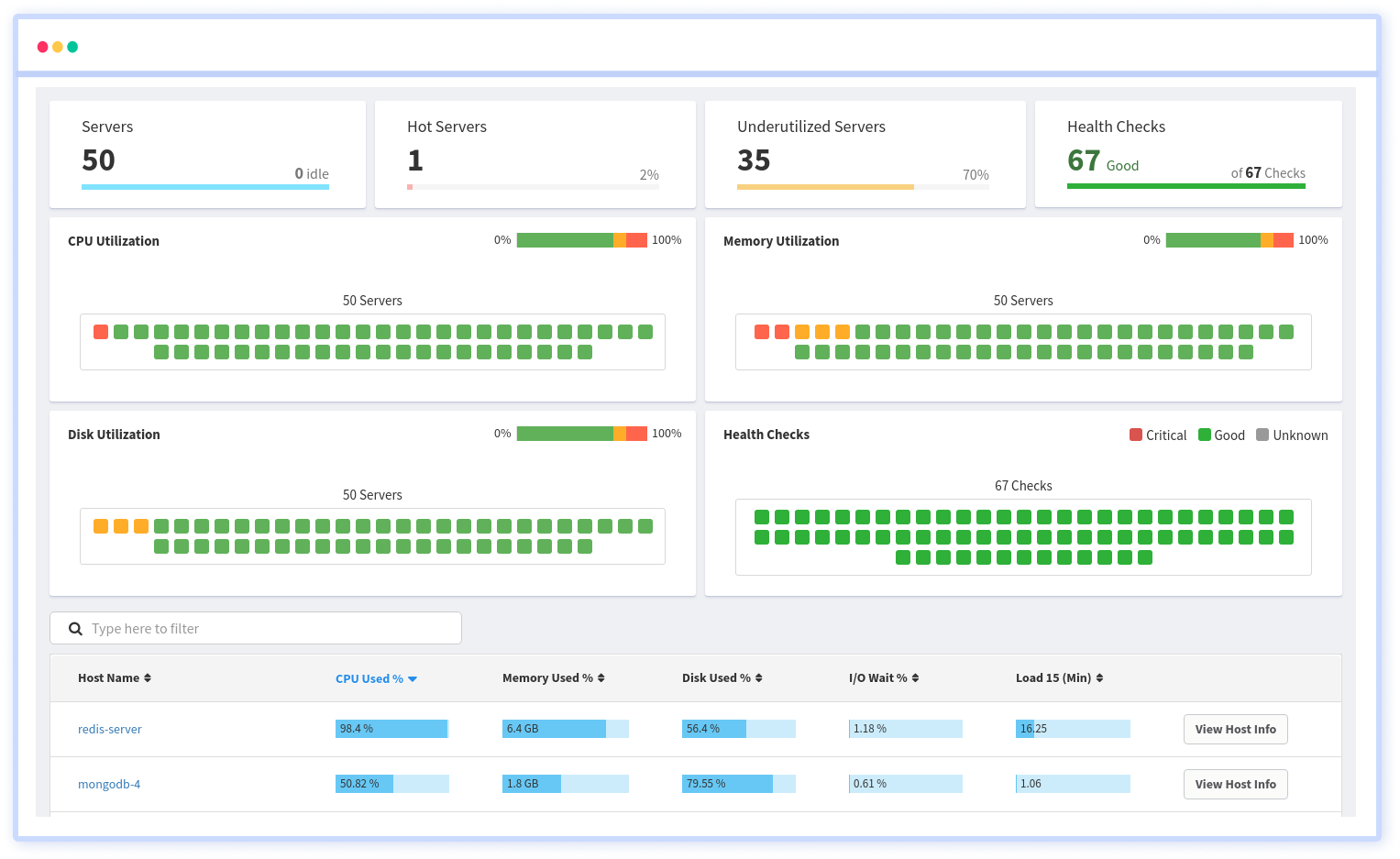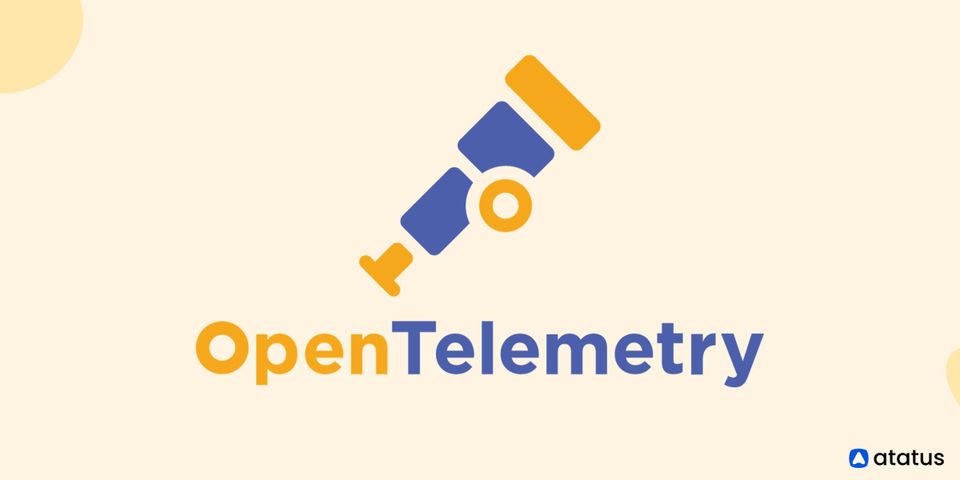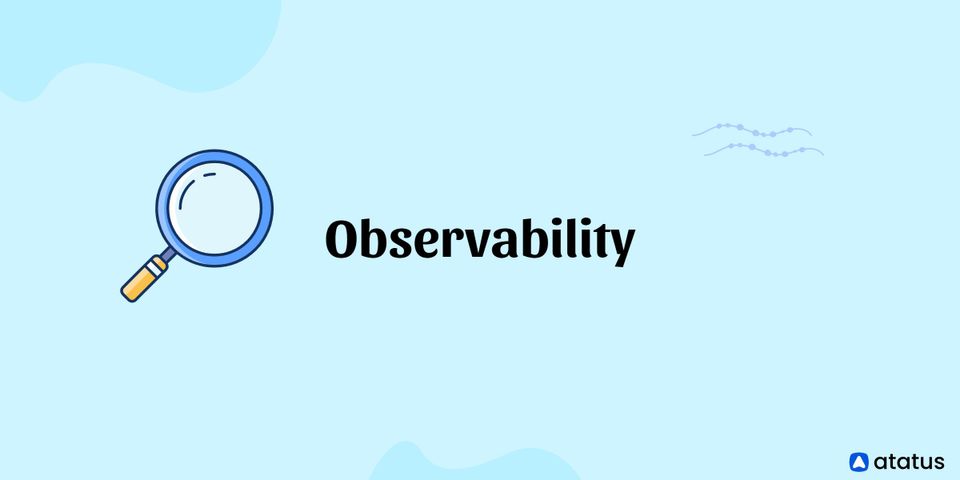Every industry has a collection of companies working together to achieve a common goal. Automobile behemoths aim to create fantastic vehicles, whereas food corporations strive to give nutritious and delicious food.
Have you ever wondered why some businesses succeed more than others? How are some of them able to outperform the competition? Making the correct decisions at the appropriate time is the key to their success.
People have used a variety of tactics, procedures, and technology to assist them in making the best decisions possible. In addition, operational intelligence has ushered in a new era of decision-making.
We will go over the following:
- What is Operational Intelligence?
- How does Operational Intelligence Works?
- Features of Operations Intelligence
- Benefits of Operations Intelligence for Business
What is Operational Intelligence?
Operational intelligence (OI) is a method of data analysis that allows businesses to make decisions and take actions based on real-time data as it is generated or acquired. The data analysis process is typically automated, and the generated data is linked into operational systems for rapid use by business managers and employees.
OI applications are largely aimed at front-line employees who, with timely business intelligence (BI) and analytics data, should be able to make better-informed business decisions and respond to situations more quickly.
Just a few examples are sales representatives, call centre agents, logistics planners, production managers, and medical experts. Operational intelligence can also be utilised to automate responses in response to certain events or circumstances.
Although the data sources used in an OI implementation might be fairly various and diversified, they are mostly gathered from a company's most essential business operations. In a typical scenario, this data is displayed in a dashboard manner, with data highlighting the most relevant facts and alerts highlighting noteworthy outliers or patterns.
Data can be pulled from a CRM application, stock market transactions, or real-time sales reports, depending on your needs. OI is also widely used in IT operations to track operational metrics such as network and server performance, security threats, and application installations.
More detailed information can now be incorporated into OI solutions because of recent technological advancements. Data from IoT sensors placed in factory machinery or measurements within a company's telecommunications infrastructure can be used to generate OI.
An OI dashboard can be set to help plan when to spin up additional production lines or send standby personnel to hotspots by connecting critical data points from multiple sources.
How does Operational Intelligence Works?
Operational intelligence is a methodology rather than a protocol or architecture. As a result, there is no specific process flow. Let's take a closer look at OI by separating it into its component. Collectors, analytics, and an action dashboard are all part of a typical OI system.
#1 Data Collector
The most important aspect of OI is data. You can't do anything till you start collecting data if there isn't any. Collectors are instruments that collect data that can assist you in understanding what is going on.
Server logs, application logs, and application events are commonly used to gather this information. You can create event loggers in applications or systems where you believe you'll discover interesting data, and then retrieve data from them.
This data collection should be ongoing so that you can get real-time changes. However, "real-time" does not imply "instantaneous." You should think about logger latency, data transport, and so forth. As a result, when I say "real-time," I'm referring to a delay of a few milliseconds to seconds.
#2 Analytics
The information you receive from the collectors is in an unprocessed format. It's usually just logging, which means you'll see hundreds of lines every second in most circumstances. Making sense of it is extremely difficult, if not impossible.
This is where data analytics comes into play. Analytical tools are attached to the connector's other side. The information gathered by the collectors is transferred to analytics software, which processes and visualises it for you.
You can also place a segregator between the collector and the analytic tool to filter out irrelevant data before viewing it. Data visualisation gives you a clear picture of what's going on. Depending on your use cases, you can construct different graphs.
#3 Action Dashboard
After you've collected and displayed your data, you're ready to make judgments. The action dashboard helps you in quickly making and implementing decisions.
Let's look at stock trading as an example. Assume you have an OI system that helps you make trading decisions. This system collects, processes, and visualises data from stock exchange sites. You must determine what to do with your investments based on this information.
If you have a dashboard, you can now automate this process. When you have predefined actions for specific scenarios, action dashboards come in handy. You can also employ AI to take action on your behalf rather than having to do it manually.

This is how operational intelligence aids in faster decision-making. As you may have noticed, you'll need to set it up before you can use it. It is, nonetheless, worthwhile.
Features of Operations Intelligence
The following are some of the key features of operational intelligence solutions:
Real-time Monitoring
This is the essence of what makes OI unique. Every OI solution will continuously monitor its data sources. Whether the data comes from manufacturing floor machine sensors, a retail sales stream, or warnings created when a customer-facing application crashes, OI's fundamental feature is that analysis and alerts are supplied in real-time, typically within seconds of the event data being generated.
Dashboards and Visualizations
OI's capacity to process complex information and provide it in a readily understood format is another important trait. Dashboards are a frequent way to do this, as they show information in a graphical style that makes sense of a mountain of data. Dashboards in a capable OI system can also be customised dependent on the user.
A financial auditor and a product development may both rely on OI data, but their judgments will be dramatically different. The flexibility to change the appearance of the dashboard and data visualisations, as well as the data they use, is a must-have feature.
Real-time Alerting
Operational intelligence is also intended to notify the user when significant occurrences occur. The user can specify which conditions and thresholds will trigger a notification. This alert is then shown on the dashboard and/or sent to the user through email or mobile device notification, allowing them to take proactive action.
Industry-specific Analytics
OI solutions are suitable for a wide range of industries, including manufacturing, retail, and financial services, although the requirements of those users may vary. A telecommunications corporation has different issues than a national retailer or a healthcare organisation. Dashboards can be customised to the industry of the organisation, displaying the most vital and relevant data to the end-user.
On-demand Report Generation
A live dashboard, as well as reports for presenting information to others and constructing a bigger picture of the current environment, are important for responding to situations at the moment. The best OI solutions provide reporting that is usable by regular people, not just data scientists.
Benefits of Operations Intelligence for Business
We've demonstrated that operations intelligence gives real-time insights that can help you make better data-driven business decisions. Consider the following examples of operations intelligence's benefits in various industries:
- Accounting and Finance
Accounting teams can use operations intelligence to implement "smart spend" initiatives to improve procurement procedures as well as company travel plans and policies. - Human Resources
Operations intelligence helps HR teams in more precisely determining the suitable individuals with the necessary abilities for the job by discovering the correlation of events and monitoring real-time data. It also determines employee sentiment and the likelihood of a high-value employee departing. - Industry Agnostic
Using its multidimensional analysis capabilities, operations intelligence can assist organisations in making logistical decisions such as whether to buy or lease a building and whether to perform a service in-house or with a partner across industries. - Sales and Marketing
Operations intelligence can inform sales and marketing teams on the channels that will have the most impact, due to industry-specific dashboard capabilities and the ability to evaluate trends. - Uncovering Obsolescence
Operations intelligence may also detect software contracts that aren't being used, identify unnecessary features in new equipment, and reduce redundant licencing, saving money and virtual and physical space.
Operations intelligence provides crucial insights into a company's inner workings, from business activity monitoring to metadata and root cause analysis, allowing for faster, more confident decision-making and maximum effect.
Conclusion
When you transition from backwards-looking to real-time analytics and insights, you may drastically alter how decisions are made and how your analytics team contributes to business outcomes. Machine data and other inputs can be turned into actionable insights by operational intelligence that improve your company's efficiency, security, and profitability.
To promote successful decision-making in IT operations, operational intelligence blends real-time network activity and event monitoring with sophisticated data analytics tools and dashboards.
Also Read:
- AWS Monitoring
- Digital Experience Monitoring (DEM)
- ISP Performance Monitoring
- Observability
- Enterprise Application Integration (EAI)
Monitor Your Infrastructure with Atatus
Atatus provides complete visibility into your infrastructure, allowing you to analyze and manage business-critical performance issues. Correlating application metrics, logs, and traces can help you make better business decisions and troubleshoot issues faster. You'll be able to see how your servers or cloud instances are being used in real-time.

Atatus can be beneficial to your business, which provides a comprehensive view of your application, including how it works, where performance bottlenecks exist, which users are most impacted, and which errors break your code for your frontend, backend, and infrastructure.




